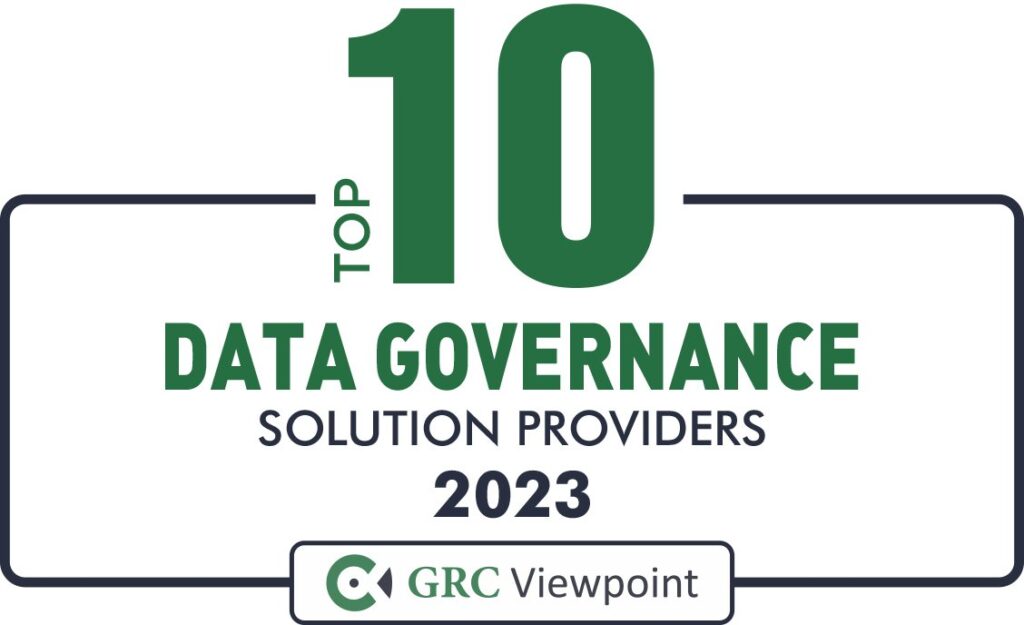_ _ Infobelt
Embracing the Future: Digital Transformation in Modernizing IT Infrastructure
Introduction
Digital transformation might seem like a new concept, but the reality is that it has a long history. In the 1970s, computer-aided manufacturing and design were first used in business. We saw the introduction of enterprise resource planning in the 1980’s. eCommerce and online banking were introduced in the late 1990s, and social media emerged in the mid-2000s.
Companies first started using these digital channels as a way of connecting with and supporting their customers.
We have seen a renewed focus on digital transformation over recent years as work has become digital, mobile, and social. Companies striving to remain competitive globally have prioritized digital transformation in 2024. Below, we will talk about where these companies are starting.

Understanding Digital Transformation
Digital transformation is a holistic approach to altering business processes, culture, and customer experiences to meet changing market and business requirements. This strategic initiative integrates digital technology into all business areas, fundamentally changing how businesses operate and deliver customer value. These changes will drastically improve the experience for both the employee and the customer.
Key Components of Digital Transformation:
- Cloud Integrations: Moving towards a hybrid or multi-cloud environment to optimize performance, cost-effectiveness, and flexibility for remote work.
- Cybersecurity: Cybersecurity remains a top priority with the continued expansion of digital infrastructures. This involves comprehensive strategies encompassing firewall protection, intrusion detection, data encryption, and secure network segmentation. The proactive approach to cybersecurity is crucial for safeguarding organizations.
- IT Modernization: IT modernization encompasses various strategies and practices to upgrade and optimize an organization’s IT infrastructure, systems, and business applications to meet the current security and technology needs.
- Data-Driven Decision Making: Leveraging data analytics for better decision-making and strategic planning.
- Sustainability: Sustainability has become a guiding principle in business decision-making. Companies are looking for ways to reduce their carbon footprint and operate more sustainably, leveraging digital technologies for energy efficiency and reduced paper use.
- Total Experience (TX): Focusing on enhancing customer and employee experiences, integrating technologies to create superior shared experiences.
IT Modernization: A Pillar of Digital Transformation
IT modernization is crucial in digital transformation, upgrading existing technology systems and infrastructure to improve efficiency, security, and scalability. It’s about moving from outdated processes and legacy systems to more agile, cloud-based solutions.
- Application Modernization: Improving and upgrading existing software applications to align with the latest technology to meet customer demands. It’s about decommissioning or retiring legacy applications and adopting more modern, cloud-based, data-driven platforms created with coordination and scalability in mind.
- Infrastructure Modernization: Upgrading the hardware, servers, and networking components that support a company’s IT operations is crucial. This can include adopting converged or hyper-converged infrastructure systems, making the infrastructure more manageable, scalable, and easier to repair.
- Data Modernization: This aspect focuses on organizing and transforming data into a more usable and valuable format. It typically involves consolidating data into one unified platform and analyzing data to gain valuable insights, which can guide business decisions and strategies.
- Lifecycle Modernization: Reshaping internal operational processes, including managing IT hardware and devices throughout their lifecycle, is essential to IT modernization.
Benefits of IT Modernization:
- Enhanced Efficiency: Streamlined operations with faster, more reliable systems.
- Improved Security: Advanced security measures to protect data and assets.
- Scalability: Easier adaptation to market changes and business growth.
- Cost Reduction: Lower operational costs by eliminating legacy system maintenance.
Legacy Application Retirement: Clearing the Path for Innovation
Legacy application retirement is an essential step in the digital transformation journey. These outdated systems often pose risks and hinder innovation due to their inflexibility and high maintenance costs.
Strategies for Legacy Application Retirement:
- Application Assessment: Evaluating the usefulness and efficiency of existing applications.
- Data Migration: Safely transferring data from old systems to a modern platform like Infobelt’s Omni Archive Manager.
- Phased Approach: Gradually retiring applications to minimize disruption.
- Employee Training: Ensuring staff are equipped to use new systems effectively.
Aligning Digital Transformation with Business Goals
The ultimate aim of digital transformation is to align IT infrastructure with business goals. This alignment requires a strategic approach, focusing on data management, customer engagement, and operational efficiency.
Steps to Align Transformation with Business Objectives:
- Define Clear Objectives: Understand what the business aims to achieve with digital transformation.
- Involve Stakeholders: Ensure all company parts are engaged in the transformation process.
- Focus on Customer Needs: Use digital tools to improve customer satisfaction and engagement.
- Embrace Data Analytics: Utilize data for insights and informed decision-making.
Data Management in the Era of Digital Transformation
Effective data management is the backbone of digital transformation. Modern businesses are inundated with data, and managing this data effectively is critical for success.
Critical Aspects of Data Management:
- Data Storage and Accessibility: Implementing cloud storage solutions for better data accessibility and management. Modern platforms like Infobelt Omni Archive Manager can securely retain, index, and manage every type of data in one platform, making this easy for storage and accessing your business’s most valuable data.
- Data Security: Ensuring robust security protocols to protect sensitive information.
- Data Analytics: Utilizing advanced analytics tools to gain insights and drive business strategy.
- Compliance: Adhering to data protection regulations and standards.
Conclusion
Digital transformation, IT modernization, and legacy application retirement are essential for businesses looking to thrive in the digital era. By embracing these changes, companies can improve efficiency, enhance customer experiences, and make better, data-driven decisions. The journey might seem daunting, but a clear strategy and commitment lead to a more agile, innovative, and successful business model.

